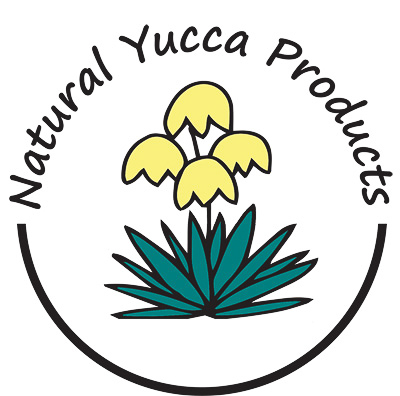What Is Soapweed?
What is Soapweed? With a name like that, it sure sounds like it is a weed that has something to do with soap. Truth isn’t too far from the fact. Soapweed, also called Beargrass, Spanish Bayonet, and Great Plains Yucca, is actually a species of the yucca plant, Yucca Glauca. However, it is similar to a weed in the sense that it is nearly impossible to remove them from an area completely.
At first glance, soapweed appears to be a big bush of spikes, which it is, but there is more to it than its natural knives. All of its leaves join together at a central part of the plant, which is just above the main root. The root can extend as far as, get this, 30 feet from the bushel of leaves. The main bundle of leaves is on average 3 feet wide and 5 feet tall with the flower stem. The leaves themselves can grow up to 2 feet long and narrow to a needle-like point at the tip.
Geography and History 
Soapweed is native to the greater southwestern area of the U.S. and northern Mexico. Specifically, any patch of land with intense sun and little water is the best place to find them. Since these plants grow in arid, dry and seemingly uninhabitable areas, they have adapted to live off of small amounts of water and excessive amounts of sun. While some may assume that due to where the plant grows, it must be a relative of the cactus family. That assumption isn’t too far off. Yucca Glauca, soapweed, is somewhat surprisingly, a member of the agave family.
Because of the sheer difficulty of removing even one of the plants, combined with how hardy they are, soapweeds have been used throughout history. There is a large amount of evidence that points to the fact that Native Americans had been using soapweed for hundreds of years before its official “discovery” in 1811 by John Bradbury and Thomas Nuttall.
Uses of Soapweed
Because of the intimidating nature and overall pointy-ness, it is easy to overlook the fact that soapweed has many modern uses. Probably the most recognized use of soapweed throughout history is its ability to act as a natural alternative to soap. By dicing portions of the root and placing in water, you can create a completely natural and environmentally friendly soap that can be used to wash clothes, dishes, and yourself. This is a particular favorite among survivalists and campers because of its natural earth-friendliness.
Another common use is to use the leaves as a natural form of needle and thread. Due to how fibrous the leaves are, they can be used to create makeshift ropes, strings, baskets and more. If you cut off the tip of one of the leaves, you can use it as a needle and you can use the rest of the leaf to make a form of thread for sewing or tying something down.
To find natural soaps and other products made from soapweed see the list of Natural Yucca Products.
Natural Yucca Products, Corp. Copyright 2025 All Rights Reserved www.NaturalYuccaProducts.com
















